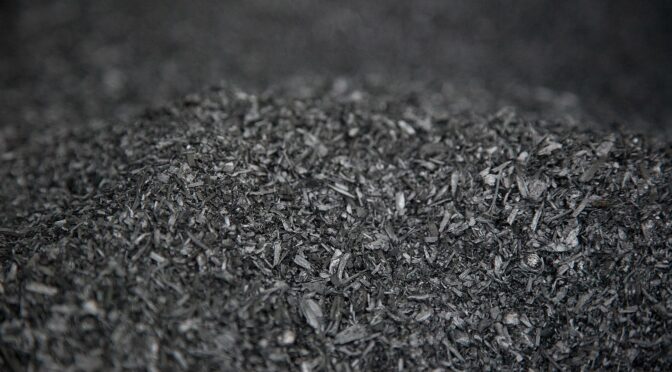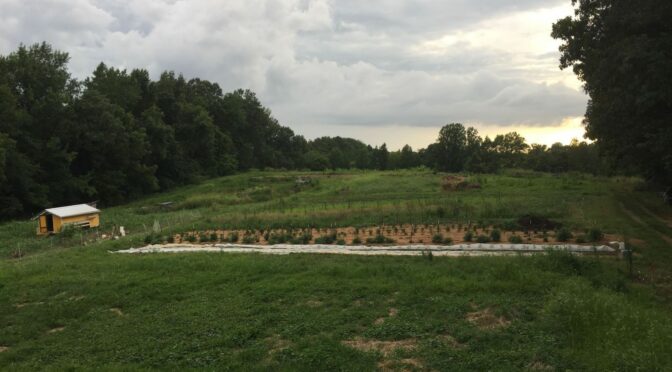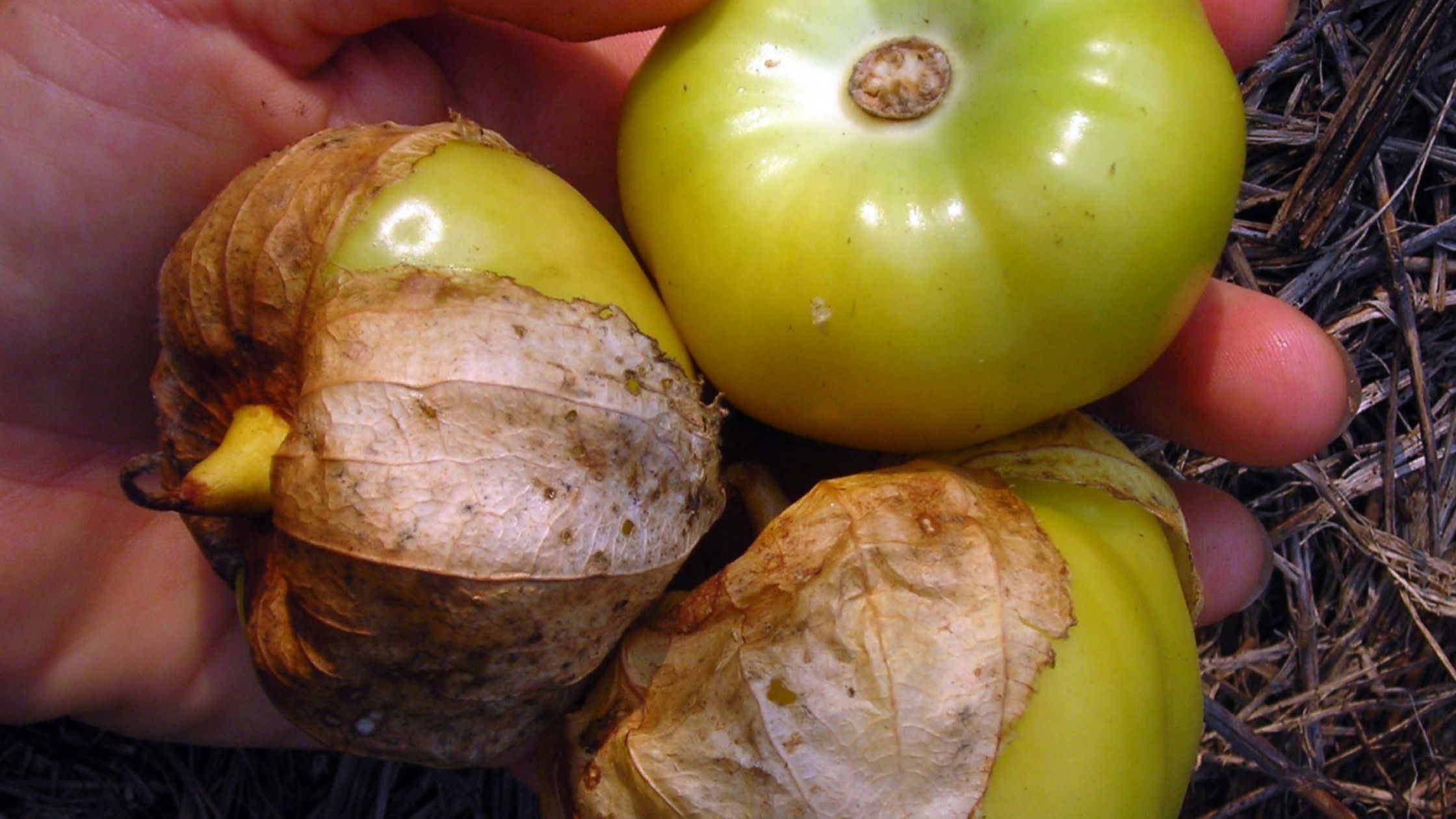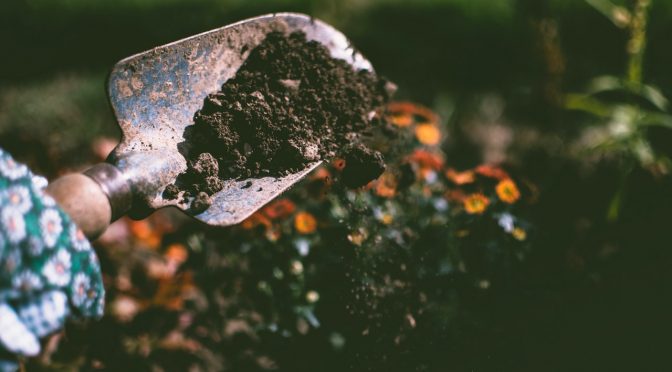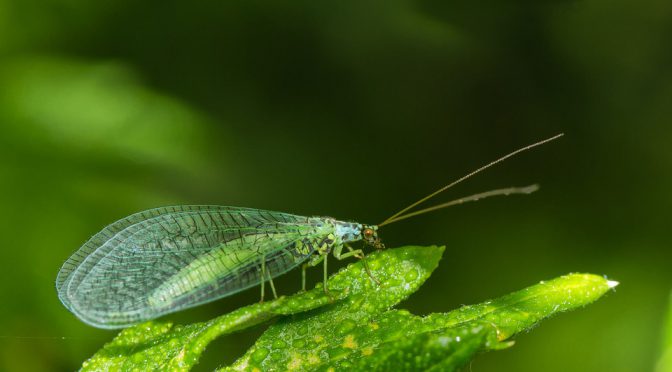Spend enough time reading about sustainable agriculture, and you’ll inevitably run into the word biochar. In recent years it has seen a surge in popularity and is often touted as an amazing, organic garden amendment. But what is biochar, and is it great for the garden? Today, we’ll dig into what biochar is, what it does to soil, how it’s made, and how indigenous farmers have utilized it for thousands of years.
What is Biochar?
Biochar is a type of charcoal made from biomass or plant material that has been burned or decomposed in a controlled, hot, low-oxygen process called pyrolysis.
In other words, wood chips, leaf litter, twigs, dead plants, or other similar materials are burned in a container that allows very little oxygen to enter. This process produces little to no contaminating fumes.
Biochar is lightweight, highly porous, and has a large surface area. Biochar is approximately 70 percent carbon but contains nitrogen, hydrogen, and oxygen, among other elements depending on the materials. Its exact composition depends on the plant material and temperature and the time it was processed. The University of Tennessee Extension Service has some wonderful charts on Biochar effects and macronutrient contents.
The Benefits of Biochar
You can use biochar as a soil amendment or conditioner in your garden soil or containers. Biochar proponents recommend biochar for its benefits in the garden and the larger environment.
Biochar’s Soil Benefits
- Biochar may increase cation exchange capacity (CEC), a measure of the soil’s ability to hold positively charged ions. CEC influences soil structure, nutrient availability, soil pH, and soil’s reaction to fertilizer and other amendments.
- Biochar may enhance water-holding capacity.
- Biochar may increase soil surface area.
- Biochar may increase plant nutrient availability.
- Biochar increases soil pH.
Biochar’s Environmental Benefits
- Biochar sequesters carbon in the soil.
- Biochar may increase agricultural productivity.
- Biochar may help improve soil water filtration.
Biochar Origins: The Amazon Basin
Agriculture is one sphere where some of the greatest minds, particularly those of BIPOC folks, have never gotten the credit they deserve. Biochar is likely one of those cases.
When the Portuguese first began to explore and colonize the Amazon Basin, they were surprised to find sections of dark rich soils surrounded by common, less fertile Amazonian soil. They called these soils terra preta de índio or “Indians’ black earth.”
Unsurprisingly, Europeans did not immediately attribute these high-quality soils to the work of indigenous farmers. Instead, many Europeans thought they resulted from natural causes such as ash fall from Andean volcanoes or sediment from long-ago lakes and ponds.
Today, the content of these soils, which commonly includes tiny pottery shards, fishbones, and other residues from cooking and habitat, tells us otherwise. The indigenous peoples that called these lands home undoubtedly improved these soils with biochar and other amendments, probably beginning between 450 BCE and 950 CE. Through carefully crafted management, once-infertile soils had been made suitable for large-scale agriculture.
Sadly, the descendants of these careful farmers were forced to give up their more agrarian lifestyles, probably in the 16th and 17th centuries, as they faced the effects of colonization. The peoples of this region were hard hit by introduced European diseases and violence, including Bandeirante slave-raiding.
To escape colonization, many likely took up a more nomadic lifestyle. Slash-and-char style agriculture may have been an adaptation of older farming techniques to cope with their migratory lifestyle.
Each year, the soils in the Amazon basin are exposed to warm tropical temperatures and about 80 inches of rainfall. The fact that these incredible soils still exist today, after about 500 years, is a testament to the power and knowledge of indigenous farmers.
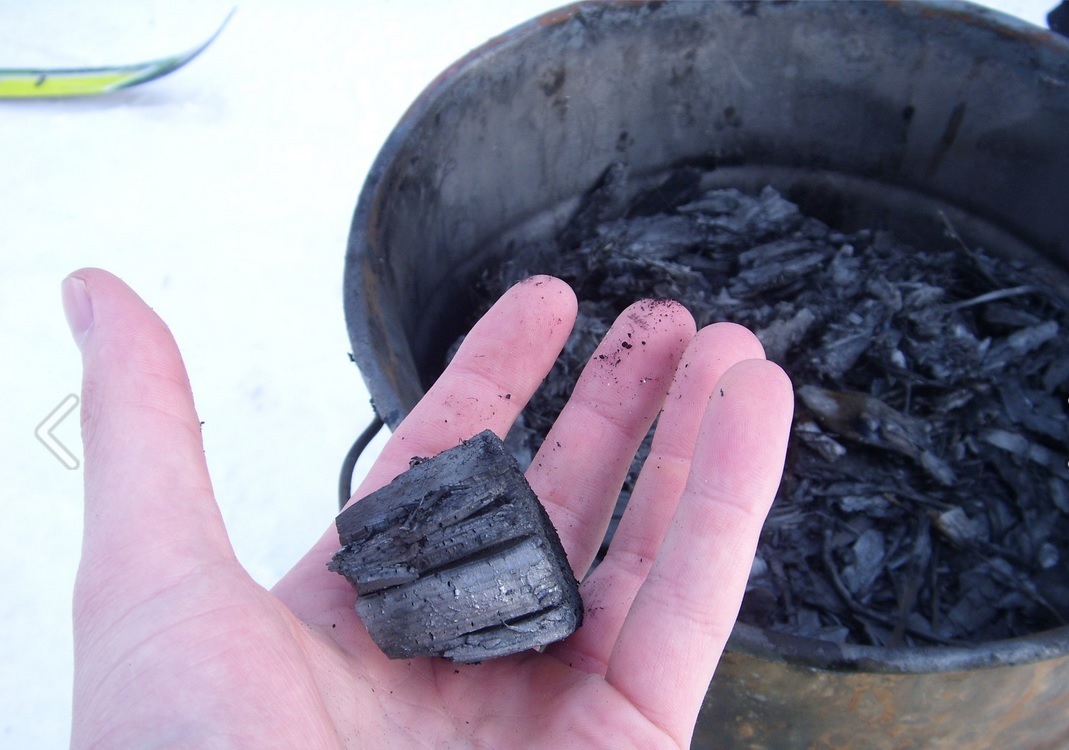
Making Biochar
Today, you can purchase biochar, but with a little time and effort, you can also make your own.
One of the simplest methods for making biochar is to do it right in the garden. Dig a trench in your garden bed and fill it with brush and plant material. Light this material on fire, and once it’s burning well, cover it with an inch or so of soil to reduce the available oxygen. This method is easy but also the least efficient way.
A slightly more efficient method is to place your material in some sort of closed container in a fire. You can do this with an old metal barrel, pot, or pan. Place your material in your container, then build a fire beneath and around the container to heat it.
Pyrolysis equipment is the most efficient route and is available for those who would like to produce large-scale or commercial biochar. Biochar.co.uk has some great information and resources for any level of biochar production you may be interested in.
If you run a wood stove in winter, Edible Acres, a permaculture-focused Youtube Channel, also has an excellent video on experimenting with making biochar in a wood stove.
Please check your local laws and regulations before doing any burning. Stay safe, always watch your fires, and always have a good water source immediately at hand.
Biochar can be a great way to improve your soils without paying for expensive truckloads of topsoil, fertilizer, or other amendments. Its properties and benefits may vary with each batch of biochar and the garden you use it in. Let us know in the comments if you’ve had success with biochar!

